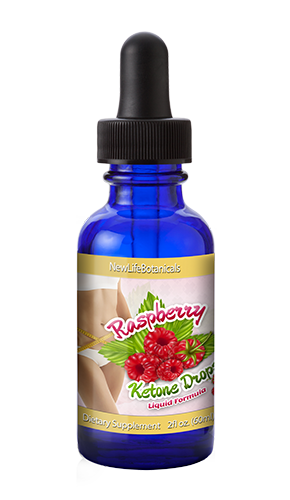 A few people that come to mind may have something in common with the people he or she knows. For example, there are more people that qualify in the weight loss category than ever before. From what he or she knows, the weight that people have been carrying around for years did not came to exist until the 1990.
A few people that come to mind may have something in common with the people he or she knows. For example, there are more people that qualify in the weight loss category than ever before. From what he or she knows, the weight that people have been carrying around for years did not came to exist until the 1990.
The Green coffee bean extract has been well known to help people lose more weight than without it because the caffeine helped speed up the weight loss process. This Green coffee bean extract worked so well that people are amazed with what he or she get. When using a product that has the fat burning ingredient in conjunction to what he or she eat or drink, that will quickly help get rid of the fat. However, it is still necessary to eat nutritious food and exercise on a daily basis to make it even more effective.
Doctor Oz recommended this diet due to the side effects that it bring to he and she who wanted to lose weight but drink coffee at the same time. For example, most people like coffee which makes perfect sense. Second reason is with caffeine that’s included, it will give energy to the ones who do drink it.
Due to the popularity of this diet, he or she will feel and see the effect of using it. One other side effects of using this product is that it is addicting which this coffee is not like all the other kinds that are out there sold in stores. It is so different which is why the green coffee bean extract product is popular all over the world. Since there are more people that are coffee drinkers than anything, what he or she gets out of it is not only worth it but can drink it anytime he or she wants.
There is a good reason why Doctor Oz recommended it which is to help people lose weight and drink something that most people like drinking. It can be used as a morning coffee which is what he or she does as well as a lunch beverage as well. No matter what time and day it is, this product can be used as a beverage 24 7.
 People looking to lose weight will do almost anything to achieve fast weight loss. However, all too often these diets and pills turn out to be another scam. Raspberry Ultra Drops have a lot of claims behind them regarding the ability to shed those extra pounds, but not very surprisingly, much of it is nothing more than fraud.
People looking to lose weight will do almost anything to achieve fast weight loss. However, all too often these diets and pills turn out to be another scam. Raspberry Ultra Drops have a lot of claims behind them regarding the ability to shed those extra pounds, but not very surprisingly, much of it is nothing more than fraud. However, some have suggest that the research into raspberry drops may be somewhat skewed and made to favor the product rather than telling the truth to the consumer. It is one of the most successful products in the weight loss industry which is a multi-billion market filled with books, programs, diets, medications, and supplements all meant to help people shed the pounds. With such a huge potential for making profits, Raspberry Ultra Drops has come under fire for being a
However, some have suggest that the research into raspberry drops may be somewhat skewed and made to favor the product rather than telling the truth to the consumer. It is one of the most successful products in the weight loss industry which is a multi-billion market filled with books, programs, diets, medications, and supplements all meant to help people shed the pounds. With such a huge potential for making profits, Raspberry Ultra Drops has come under fire for being a 

 STUPIDLY
STUPIDLY 
